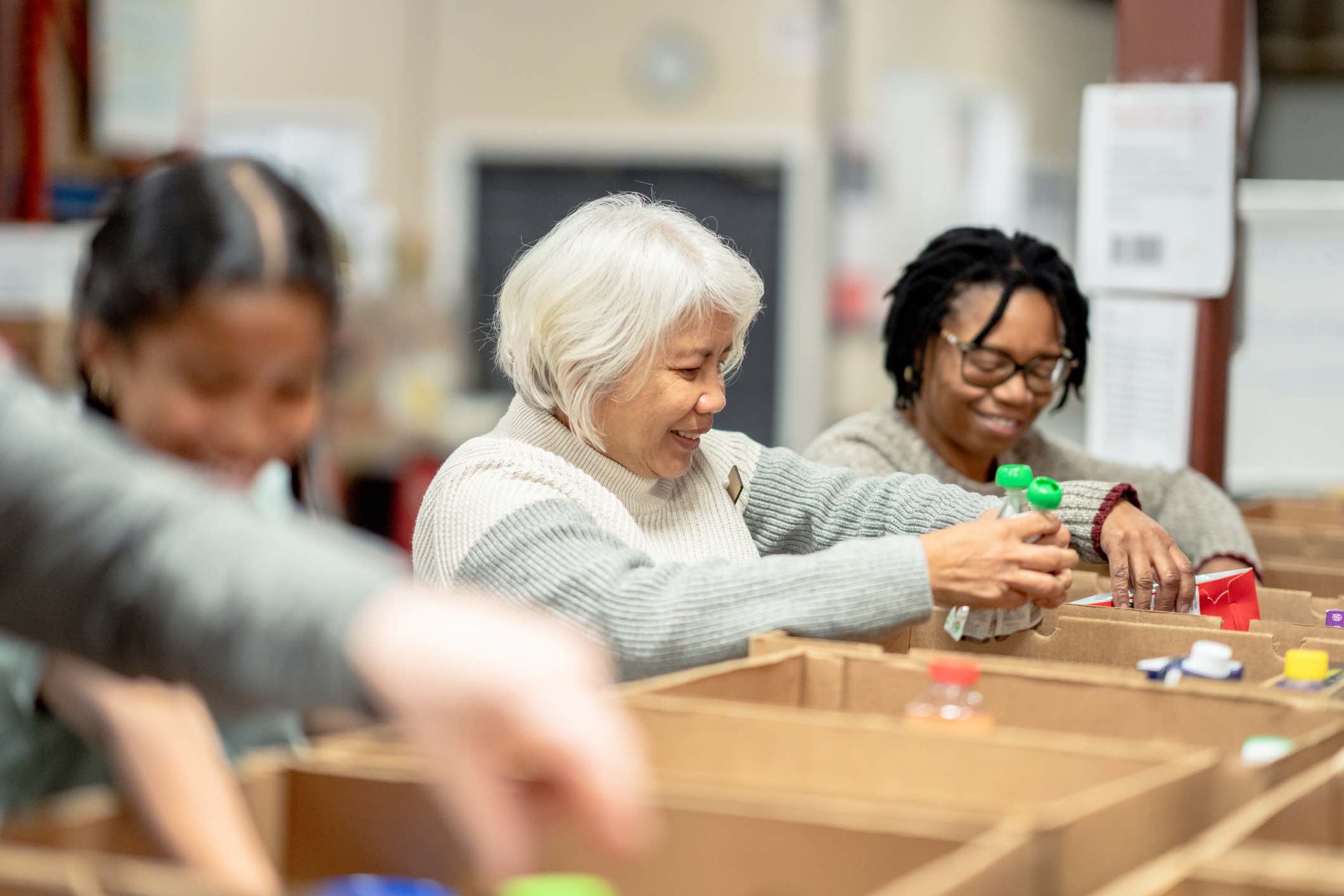In a recent live discussion on the Chronicle of Philanthropy featuring Secure World Foundation Co-foundersMarcel and Cynda Collins Arsenault, Nexus Global Youth Summit Coordinator G. Ryan Ansin, and Geneva Global Director of Consulting Services Jenna Mulhall-Brereton, these thought leaders discussed how they, foundations, and other major donors make the decision to support an organization -- as well as what they expect in return.
Before I provide you with helpful tips from these experts, here are some trends Mulhall-Brereton noted she’s seen when engaging major donors in her consulting work:
- They're looking for a passionate connection to the organization's work.
- They want to fully understand the impact they can make with their contribution.
- They want to engage with your organization after they write a check -- whether it's as an advisor, a thought leader, or someone to help with overall strategy.
- Many of the philanthropists she's worked with achieved their fortune through entrepreneurial efforts, and they bring that mindset to how they give.
- They take a business-like approach to their giving and are very metrics-driven.
- They take risks and follow their passion when connecting to a cause.
How to Improve Your Engagement With Major Donors
Whether it’s an individual or a foundation, there are several ways to make the most of your relationship with your major donors and satisfy their needs just as much as yours.
1) Use your existing network to find new major donors.
Many organizations focus on bringing in new donors, but you are sitting on some real gold in your current database. Engaging your current donors can bring those who want to engage with you and your cause on a much bigger level to the surface.
For example, you should relay information about how a potential major donor can get involved with your organization on your website or in an email after they makes a donation. Also, provide your contact information to your major donor office so they can inquire about their options.
2) Research them before your ask them to give.
There is a lot of information you can find online about any individual. For those in the business world and part of older generations, there is even more to learn. So, make sure your organization does its research on potential major donors or foundations.
For instance, see if they’ve supported other organizations, look at their LinkedIn profile to see their work experience, and even ask them for an informal interview or meeting to learn more about them as a person. What are their passions? Why would they be drawn to support your organization? What would they expect in return after making a contribution (i.e. monthly reporting, photos/videos from the field, trips to project sites, meetings with your board members to advise, etc.).
It's important to develop a profile of each major donor you are looking to engage.
3) Give them options.
Mulhall-Brereton makes a great point that each major donor is different. You really need to tailor your engagement with each of them to their needs and wants.
After you’ve done your research, provide your major donors different levels of engagement. How often do they want to hear from you? What information are they looking for (metrics, reporting, etc.)? How do they want to receive information (print, your website, email, etc.)?
Understanding how each major donor wants to engage with your organization will help you build a much stronger relationship that you will be able to sustain over time.
4) Let them help with challenges.
Organizations tend to paint a perfect picture of themselves with smiling children and big statistics throughout their marketing. But major donors are much more likely to want to help you solve the problems and challenges you’re facing. They want to be part of the solution and on your team.
Thus, including those who want to help in this way into your strategy meetings and giving them insight into your current challenges will provide a different perspective to achieving success and a level of transparency and honesty for which many major donors are looking.
5) Provide them with the results of their impact.
Continuing with transparency and engagement after a check is written is important. After all, major donors want to see the results of their investment. Being able to tie it directly to the impact on lives saved or supplies delivered is very important to them.
For instance, Ansin points out that he supports DonorsChoose and often receives photos and videos of the beneficiaries he directly impacts as a thank you for his help. This is not only content for your major donors, but content that can also be shared with your larger audiences.
6) Appeal to their business side.
Major donors with a business or an entrepreneurial perspective will want to bring their knowledge of trying to add value to your organization to the table.
If you can speak to these individuals in their language and understand what they’re looking for in terms of results, metrics, and information, they’ll be able to provide feedback and advice on how your organization is doing and point out flaws so you know where certain areas of your organization need attention paid.
7) Recruit them not only for their money.
Having a dozen or so major donors who are huge advocates for your mission will help you raise even more awareness. If you can connect with a major donor who is passionate about your cause just as much as you are and wants to invest, you’ve killed two birds with one stone.
You should also consider their professional experience and how they can contribute to your fundraising, marketing, or operational strategies. They can also be an asset to other parts of your organization.
8) Connect them with your beneficiaries.
While these individuals may potentially work with your organization’s board or staff on a consistent basis, they also want to engage with those beneficiaries they directly help.
Whether it’s through social media, such as Google+ Hangouts, or connecting them with photographers on the ground where your work is being done, providing them with the opportunity to engage with those they impact is something they really desire.
In what ways do you engage with your major donors? Share your methods in the comments!
Nonprofit Marketing



.png)







